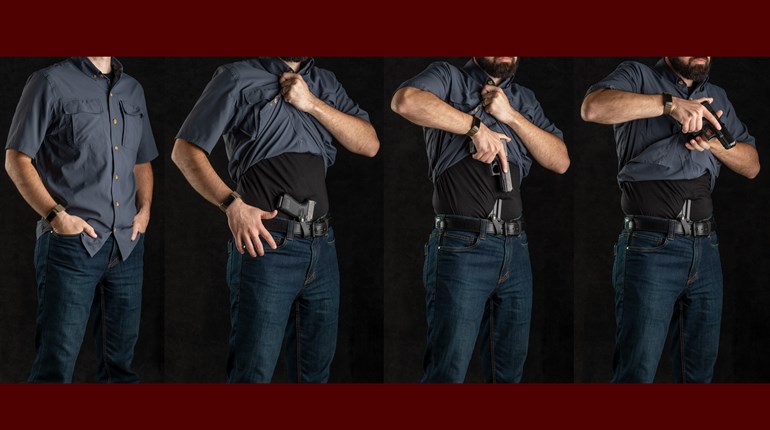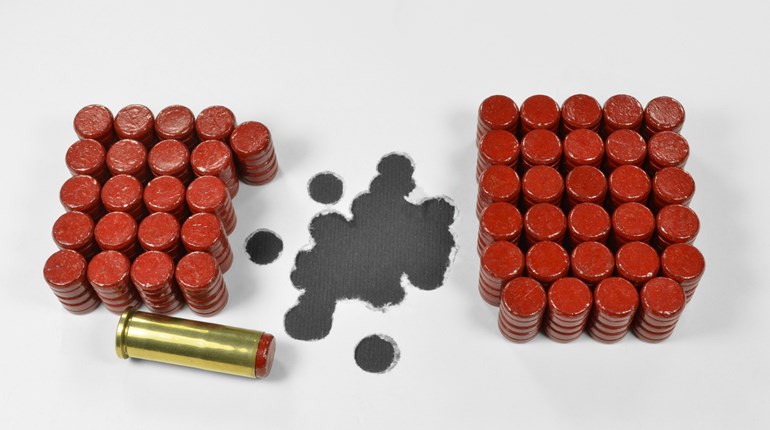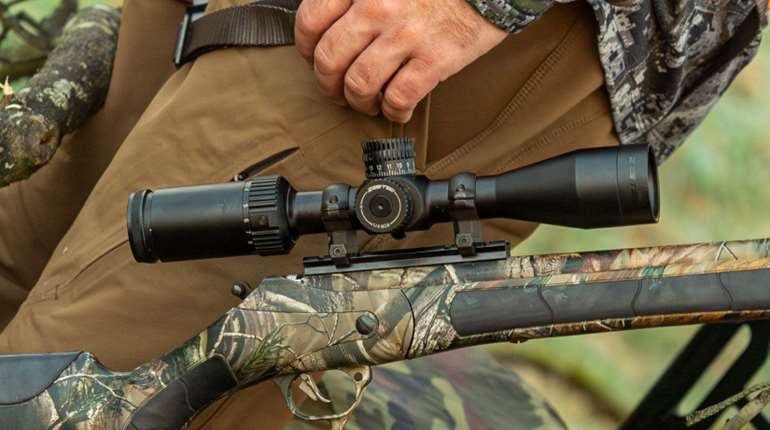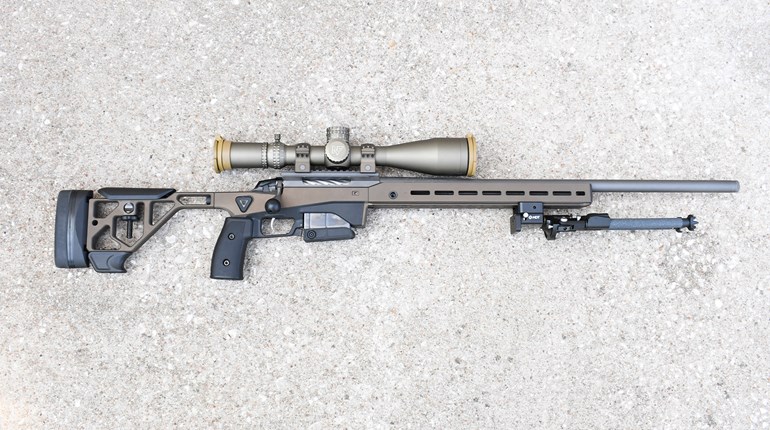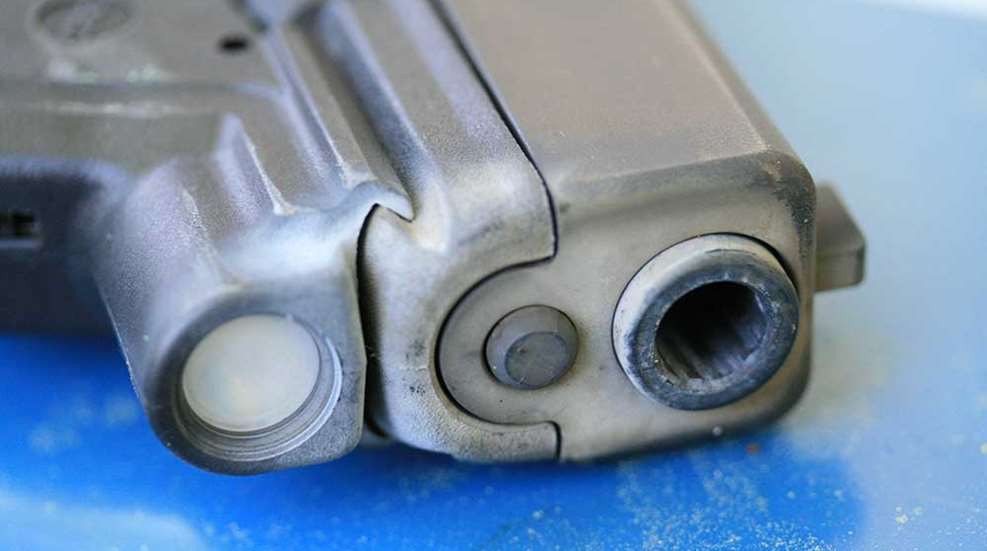
The world of handgunning is littered with norms and benchmarks whose origins are forgotten or even misunderstood. There’s the Bill Drill, the El Presidente and the way that the Tueller Drill has somehow evolved into a "21-foot Rule," which isn’t a rule at all and is probably a bit optimistic for the average concealed carrier.
Another measurement that’s often actively misunderstood is the Four Layer Denim (usually abbreviated “4LD”) terminal ballistic standard of the now-defunct International Wound Ballistic Association. An awful lot of tea leaf reading goes on over blocks of gelatin, as well as arguments over “Well, who wears four layers of denim?”
In reality, the penetration distance in 10-percent gelatin was selected because it roughly corresponded to penetration distances in bad guys, gelatin was chosen because it offered a repeatable mechanism for comparing one bullet to another and the “4LD” itself was chosen not because bad guys run around in “Canadian Tuxedos”, but because it offered a challenging-but-not-impossible expansion barrier for a JHP moving at pistol velocities. In the words of Duncan MacPherson writing in the IWBA’s own journal:
"There is not reason to believe that ammunition expansion performance will be sensitive to small variations in the denim, and good reason to believe that it will not. Four layers of denim is a convenient standard because this can be obtained simply by folding the cloth twice; either 3 or 5 layers does not appear to produce dramatically different results."
Other misconceptions come from confusing drills with tests. The late pistol trainer Todd Green popularized a handgun performance test he called the FAST, for “Fundamentals, Accuracy, & Speed Test." The test consisted of drawing from concealment and firing two shots to a 3x5-inch card at seven yards, performing a slide-lock reload (also from concealment) and firing four shots to an 8-inch circle. Misses on the 3x5-inch card were penalized a full second, double the .5-second penalty for misses on the 8-inch circle.
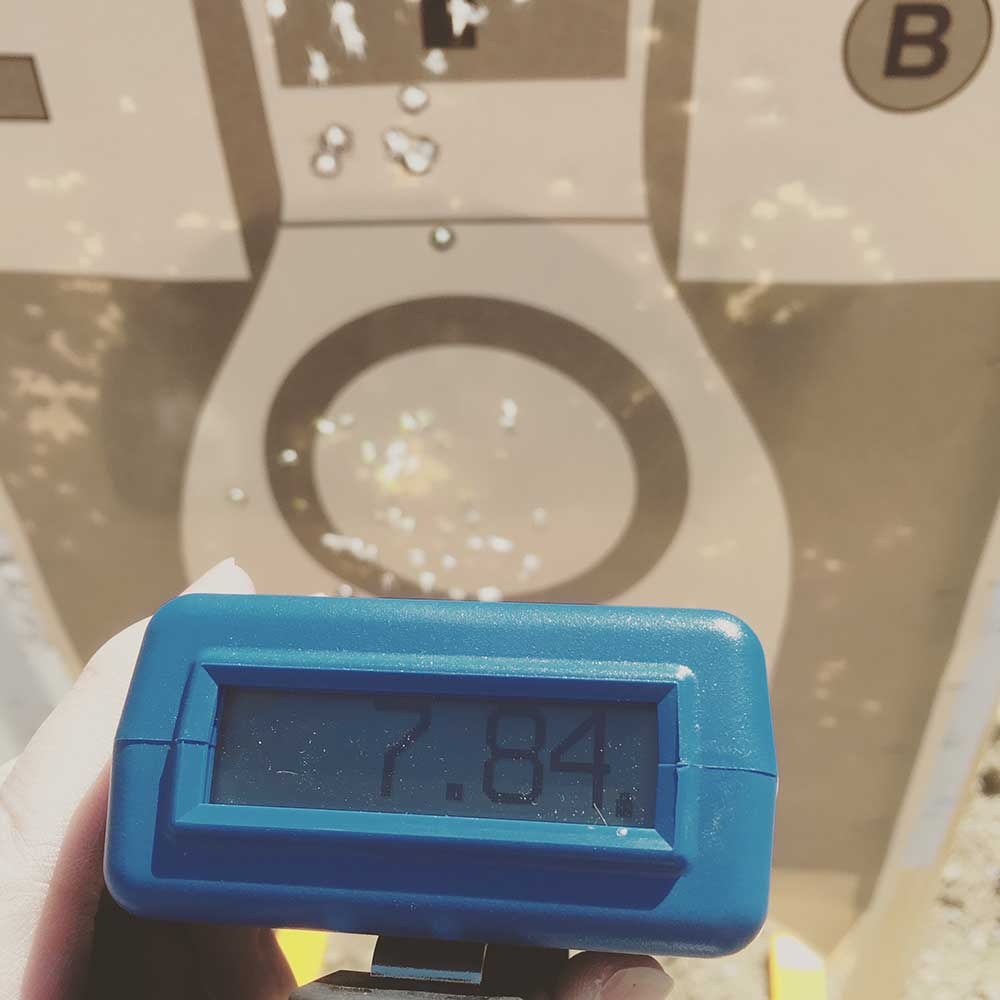
This was a test that measured several things in a specific order: Concealed draw to a precision target, splits on a precision target, concealed reload and then closed with pure speed on a fairly wide-open target, similar to a mini-Bill Drill.
Because the 3x5-inch target was positioned above the 8-inch circle, and because people quickly began calling it the "FAST drill," you wound up with people on the internet asking, “Why am I practicing shooting him in the head twice and then reloading and shooting him some more?” causing much face-palming and groans of exasperation.
Speaking of Todd Green, and circling around to the actual inspiration for this article, we come around to another thing popularized by him: The 2,000-Round Challenge.
Todd was known for doing very high round count, long-term tests of pistols. Over the years, he put many tens of thousands of rounds (which he’d document in excruciating detail in weekly updates on his website) through such disparate guns as the Heckler & Koch P30 & HK45, the Smith & Wesson M&P9 and a Springfield Armory Custom Shop 1911 in 9 mm. His test of the Glock G17 Gen 4 ran through 16 months and 71,260 rounds before he finally called it quits.
During the year or so that he’d spend testing these guns, he’d also use them as his CCW pistol. From that grew the 2,000-Round Challenge. In his own words:
It's really pretty arbitrary. The Challenge was begun after so many people balked at my, shall we say, "less-stringent" maintenance habits. In my experience, just about any serious modern handgun, using something like Miltec, should be able to reach 2k without cleaning, without needing more lube and without stoppages.
The thing many people "forget" is that the 2,000-Round Challenge included absolutely no adding lubrication to the gun during the whole 2,000-round cycle. You clean and lube before you start, and then do nothing but shoot the gun until you hit 2,000. If you add some oil or grease during the 2,000 rounds, it's disqualified.
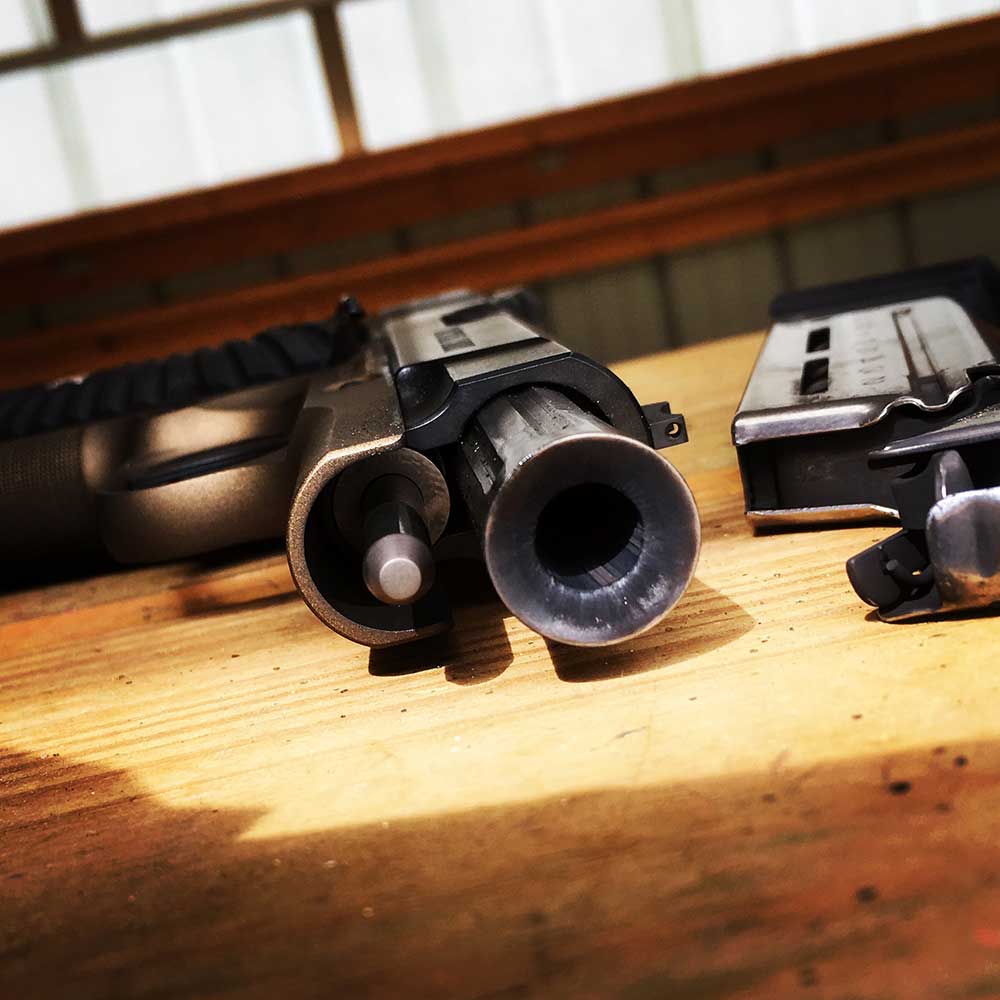
It’s common to see this referred to as a “torture test” on the internet, when it really isn’t. In my experience, it’s hardly a test for a quality service pistol at all, especially if you use quality ammunition, factory magazines and a generous dollop of a quality lube (the aforementioned Militec, Slip 200, Lucas and Liberty have all done well for me, as well as common FP-10 and CLP).
With practice regimes that can run to 4-500 rounds/week or more, and classes or matches building that round count even more, the 2,000 round number adds up fast, and is a tiny fraction of the expected service life of a quality pistol. It’s more a confidence-booster for the shooter than any kind of stress test on the gun.
Editor's note: Shooting Illustrated Handgun Editor Tamara Keel will be introducing a number of 2,000-round tests on our website in the future, which will sit alongside similar tests conducted by SI editorial staff on some of the market's more-popular options. A 2,000-round test already exists on the Smith & Wesson M&P9 M2.0 Compact, which can be seen here.













